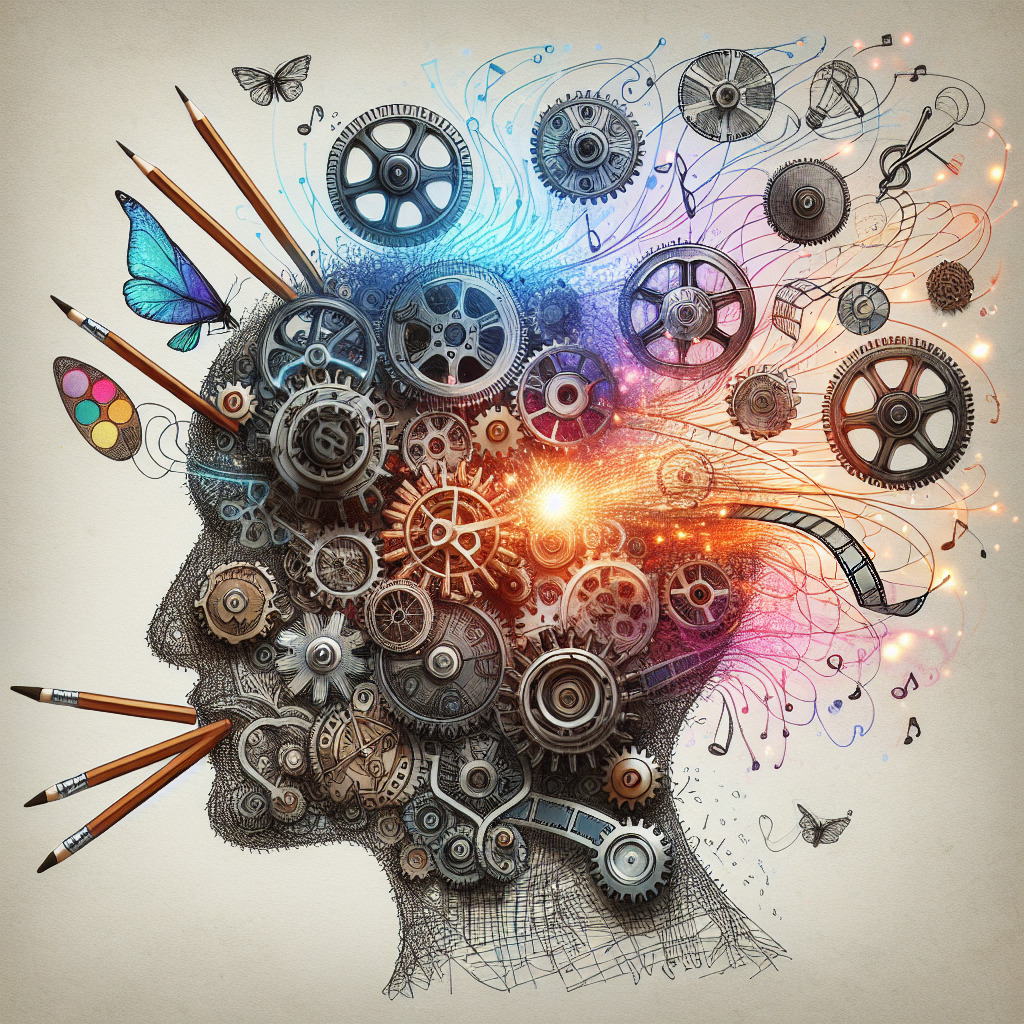Artificial Intelligence (AI) has been making waves in various industries, revolutionizing the way we work, communicate, and live. One industry that has seen significant changes due to AI is the creative industry. From music and film production to graphic design and advertising, AI is transforming the way creative professionals work and pushing the boundaries of what is possible.
The Impact of AI on the Creative Industry
One of the most significant ways AI is revolutionizing the creative industry is through automation. AI-powered tools and software can now perform tasks that were once time-consuming and labor-intensive for creatives. For example, AI can generate music, write articles, design logos, and even create entire films. This automation allows creative professionals to focus on higher-level tasks that require a human touch, such as conceptualizing ideas and providing creative direction.
AI is also helping creatives be more efficient and productive. By analyzing data and trends, AI can provide valuable insights that inform creative decisions. For example, AI can analyze social media trends to help marketers create more targeted campaigns, or analyze consumer behavior to help designers create more user-friendly products. This data-driven approach allows creatives to make more informed decisions and produce work that resonates with their target audience.
Furthermore, AI is enabling creatives to push the boundaries of their creativity. AI-powered tools can help creatives explore new ideas and experiment with different styles and techniques. For example, AI can generate endless variations of a design or music track, allowing creatives to explore new possibilities and push the limits of their creativity. This ability to quickly iterate and experiment is helping creatives break free from traditional constraints and create innovative and original work.
AI is also democratizing the creative industry, making it more accessible to people from diverse backgrounds and skill levels. AI-powered tools are often easy to use and require minimal technical expertise, allowing anyone to create professional-quality work. This accessibility is opening up new opportunities for aspiring creatives and leveling the playing field in the industry.
FAQs about AI in the Creative Industry
Q: Will AI replace human creatives?
A: While AI can automate certain tasks and provide valuable insights, it is unlikely to replace human creatives entirely. Creativity is a uniquely human trait that involves emotions, intuition, and empathy, which AI struggles to replicate. Human creatives bring a unique perspective and personal touch to their work that AI cannot replicate.
Q: How can creatives leverage AI in their work?
A: Creatives can leverage AI in various ways, such as using AI-powered tools to automate repetitive tasks, analyze data to inform creative decisions, and experiment with new ideas and techniques. By incorporating AI into their workflow, creatives can enhance their productivity, efficiency, and creativity.
Q: Is AI creating job displacement in the creative industry?
A: While AI may automate certain tasks traditionally performed by creatives, it is also creating new opportunities and roles in the industry. AI is enabling creatives to focus on higher-level tasks that require a human touch, such as creative direction and conceptualization. Additionally, AI is opening up new possibilities for creatives to experiment and innovate, leading to new job opportunities and career paths.
Q: What are some examples of AI in the creative industry?
A: Some examples of AI in the creative industry include AI-powered music composition tools, automated graphic design software, AI-generated art, and virtual reality experiences. These tools and technologies are helping creatives work more efficiently, explore new ideas, and push the boundaries of their creativity.
In conclusion, AI is revolutionizing the creative industry in unprecedented ways, from automation and efficiency to innovation and accessibility. By leveraging AI-powered tools and technologies, creatives can enhance their productivity, creativity, and opportunities in the industry. While AI may automate certain tasks traditionally performed by creatives, it is also creating new possibilities and roles that require human creativity and intuition. As AI continues to evolve and advance, the creative industry is poised to see even more transformative changes that will shape the future of creativity and innovation.

